Nyelvváltás :
Siklócsapágy wiki
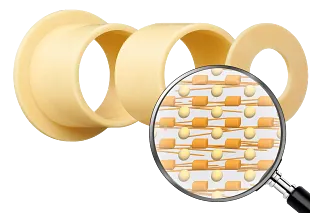
What is iglidur?
iglidur are materials developed by igus. They consist of high-performance polymers and are characterised by special specifications. For example, they are exceptionally wear-resistant or suitable for contact with media and chemicals.
But what are iglidur materials made of? And what is behind the self-lubricating effect? Find out more about the specifications and composition of iglidur plain bearings.
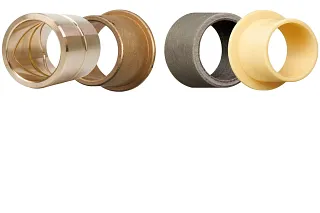
A különböző csapágytípusok összehasonlítása
A megfelelő siklócsapágy kiválasztásakor különböző csapágytípusok közül választhat. Mindegyiknek más a kialakítása és a saját működési módja. Összefoglaltuk Önnek a legfontosabb csapágytípusokat, és megmutatjuk, milyen előnyökkel rendelkeznek.
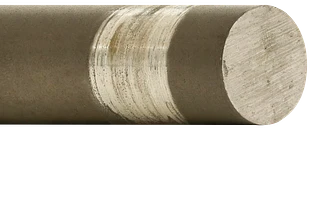
A megfelelő tengelyanyag kiválasztása
A tengely és a siklócsapágy helyes megválasztása döntő szerepet játszik egy jól működő csapágyrendszerben. A siklócsapágyak védik a gyakran lényegesen drágább hajtótengelyt és a csapágypontot körülvevő alkatrészeket a kopástól. Ezért különösen fontos, hogy ez a kopás csak a siklócsapágyban következzen be, és azt időben cseréljék. A tengelyt azonban gyakran elhanyagolják a csapágy pozíció tervezése során. Tudja meg, hogyan lehet a két alkatrészt helyesen egymáshoz illeszteni.
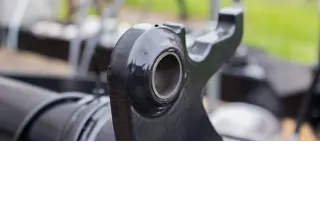
Beépítés és tűrések
A siklócsapágyak beépítésekor néhány olyan dolgot kell szem előtt tartani, amelyek elengedhetetlenek a hibamentes működés és a hosszú élettartam szempontjából. Tudjon meg mindent, amit a megfelelő beépítési és vizsgálati módszerekről, a hézagok kialakításáról, a standard tűrésekről és a siklócsapágyak helyes rögzítéséről tudni kell.
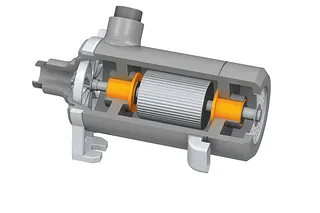
What are hydrodynamic and hydrostatic plain bearings?
What is meant by hydrodynamic and hydrostatic plain bearings? How do these two bearing types work, what are their advantages and what are their typical application areas? Answers to these questions can be found here.
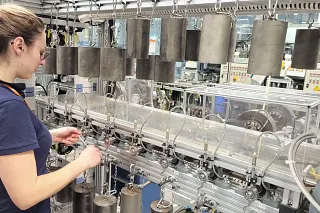
Largest test laboratory in the industry
What is tested and how is it tested?
In the iglidur test area, bearings and materials are tested for stress, wear and friction properties. Other parameters such as high and low temperatures, high load and speed are adjusted depending on the test. There are around 50 test systems in the test laboratory, on which more than 300 parallel tests are carried out. At the same time, we carry out around 11,300 tribological tests on the 250 or so newly developed plastic compounds every year. To ensure that the new formulations prove themselves in later use, they are not only exposed to external influences, but also to different directions of movement and loads - rotating, pivoting, linear, tumbling.
Konzultáció
Alig várom, hogy válaszoljak a kérdéseire
igus® GmbH+49 2203 9649-0E-mail írása
Shipping and consultation
In person:
Monday to Friday from 7 am - 8 pm.
Saturdays from 8 am- 12 pm.
Chat-Service
Monday to Thursday from 8 am - 6 pm.
WhatsApp-Service:
Monday to Thursday from 8 am - 4 pm.








